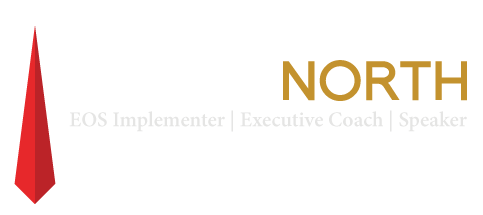You can control stress with mindful breathing
While thinking about the best way to teach optimal relaxation using breathing, I heard a commercial for a Sleep Number bed and had a eureka moment: I could teach breath relaxation using a relaxation number! Your relaxation number is the ideal length of your inhalation and exhalation, and it’s a number you must identify for yourself. But before doing so, let’s look at why controlling your breathing can be a powerful stress control technique.
The magic of manual override
Your autonomic nervous system normally controls your breathing as well as your heart rate, blood pressure and many other functions in your body. However, your breathing is also under your conscious control. How you breathe can excite or relax your whole nervous system (your mind and body). You have the ability to operate your breath on manual override, giving yourself magical control of your physiology and, therefore, your stress response!
Breathing patterns that energize
If your inhalation is quick or rapid, it’ll stimulate your sympathetic nervous system, which excites and energizes your mind and body. Anxious people usually breathe rapidly but shallowly into their chest. Rapidly breathing deeply into your abdomen, using strong, quick inhalations deep into your lungs, can help you feel stronger or more energized. It’s a natural stimulant and can be extremely useful in the morning when you haven’t had enough sleep or mid-afternoon when you have an energy low. It’s also what people do right before lifting heavy weights.
Breathing patterns that relax
When you breathe with long, slow exhalations, you stimulate the parasympathetic part of the autonomic nervous system, which slows down your physiology and relaxes your mind and body. This is what Natalia Molchanova free diver world record holder did to slow her heart rate, in order to reduce her need for oxygen, so she could hold her breath long enough to free dive to 100 meters with one breath. For decades, I’ve taught mindful leaders who want to be more centered and relaxed to practice breathing using exhalations that are twice as long as inhalations. When relaxed it’s easier to be both more confident and more mindful.
This is the formula we’ll use to identify your relaxation number, which is actually a set of the two numbers associated for the length of your inhalation and exhalation that create an optimal relaxation response. Here’s how to identify your relaxation number; notice how you feel in your mind and body after each set of exhalations:
- Sit or stand up straight.
- Keeping your abdomen relaxed and allowing it to expand as your breath enters your lower lungs, inhale on the count of one and exhale on the count of two, counting at your own rate.
- Inhale on the count of two and exhale on the count of four.
- Inhale on the count of three and exhale on the count of six.
- Inhale on the count of four and exhale on the count of eight.
- Continue experimenting with your breath using the 1:2 ratio of inhalation to exhalation until you find yourself straining on either your inhalation or exhalation. Your relaxation number is the ratio of the two numbers in the breaths before your breathing became strained. It could be a 2/4, 3/6 or a 4/8; these are fairly common in the folks I’ve coached.
Your relaxation number will depend on how quickly you count and your general health. The healthier you are, the less often and deeper you tend to breathe, thus the higher your relaxation number. I’ve worked with some 5/10s and 6/12s.
Two ways to use your relaxation number to unwind and control stress
-
- Mindful meditation. You can use your relaxation number to do mindful breath meditation.
- Sit up straight and focus all of your awareness on your breath.
- Using your relaxation number, count your inhalation and exhalation.
- As you relax, try increasing the length of both your inhalation and exhalation.
- Continue this practice for at least three minutes initially, and keep lengthening to 10, 15 and 20 minutes as you progress in your ability. Please note that your mind will wander, when it does, just gently bring it back to observing your breathing.
- Mindful meditation. You can use your relaxation number to do mindful breath meditation.
At a recent Mindful Power retreat, a guest who did this mindful breath meditation right before going to sleep one night said, “The sleep number breath meditation allowed me to sleep through the whole night for the first time in months!”
- Centering breath. Another great way to use your relaxation number is to do one to three relaxation number breaths to center yourself before major moments of engagement. Examples include making an important phone call or preparing to be your best in a meeting or conversation. Use your relaxation number breathing anytime you want to relax into the moment and be more present and effective.
You now know how to manually control your breathing to energize or relax your whole being. Controlling your breathing gives you mindful power, more control of your mind and body – more control of your life!
Dr. TC North is an executive and leadership coach based in the Denver, Colorado, area. He’s also a leadership speaker and the co-author of the best-selling book “Fearless Leaders.” Through his coaching, clients learn to master fear, strengthen confidence, build executive presence and think with greater mindfulness.



